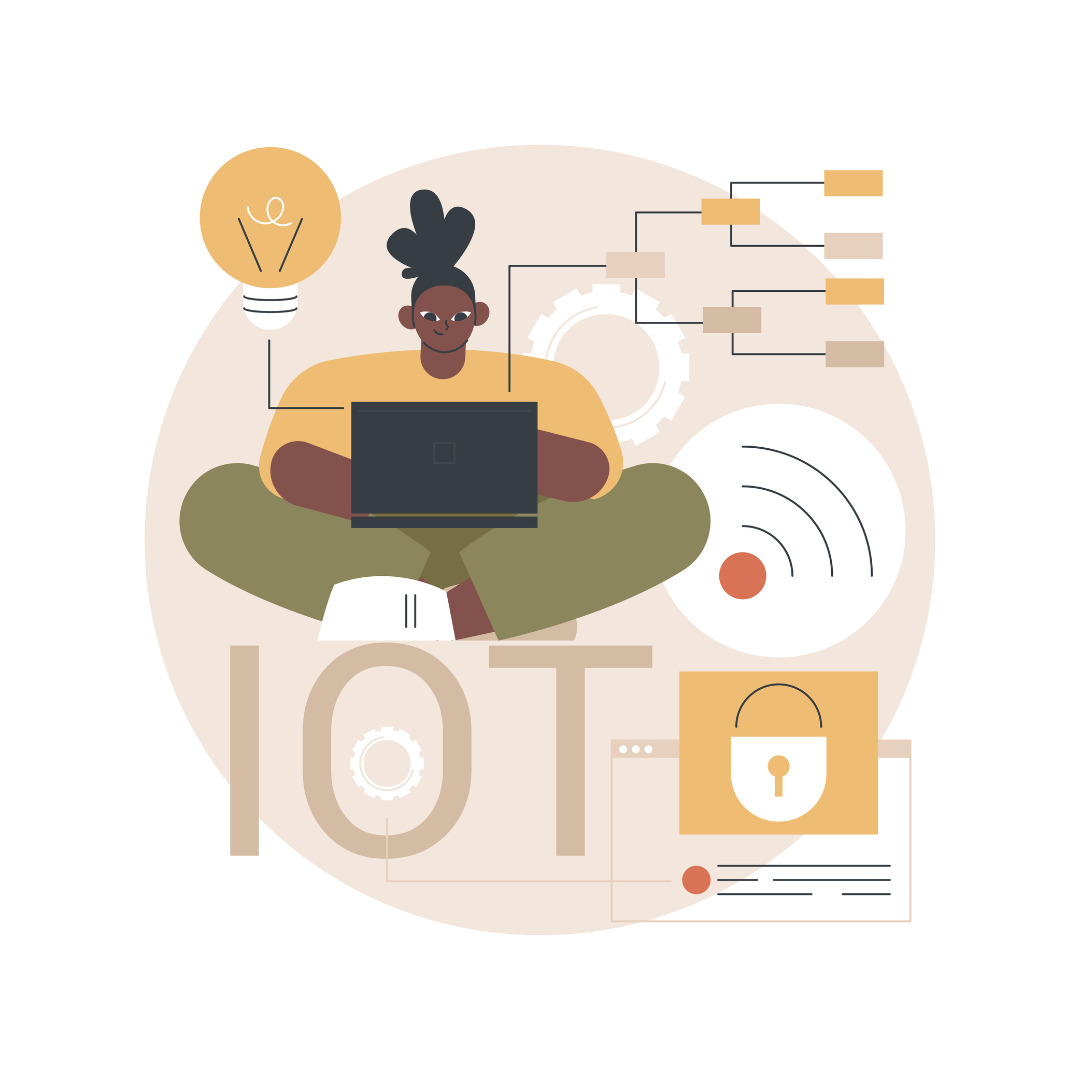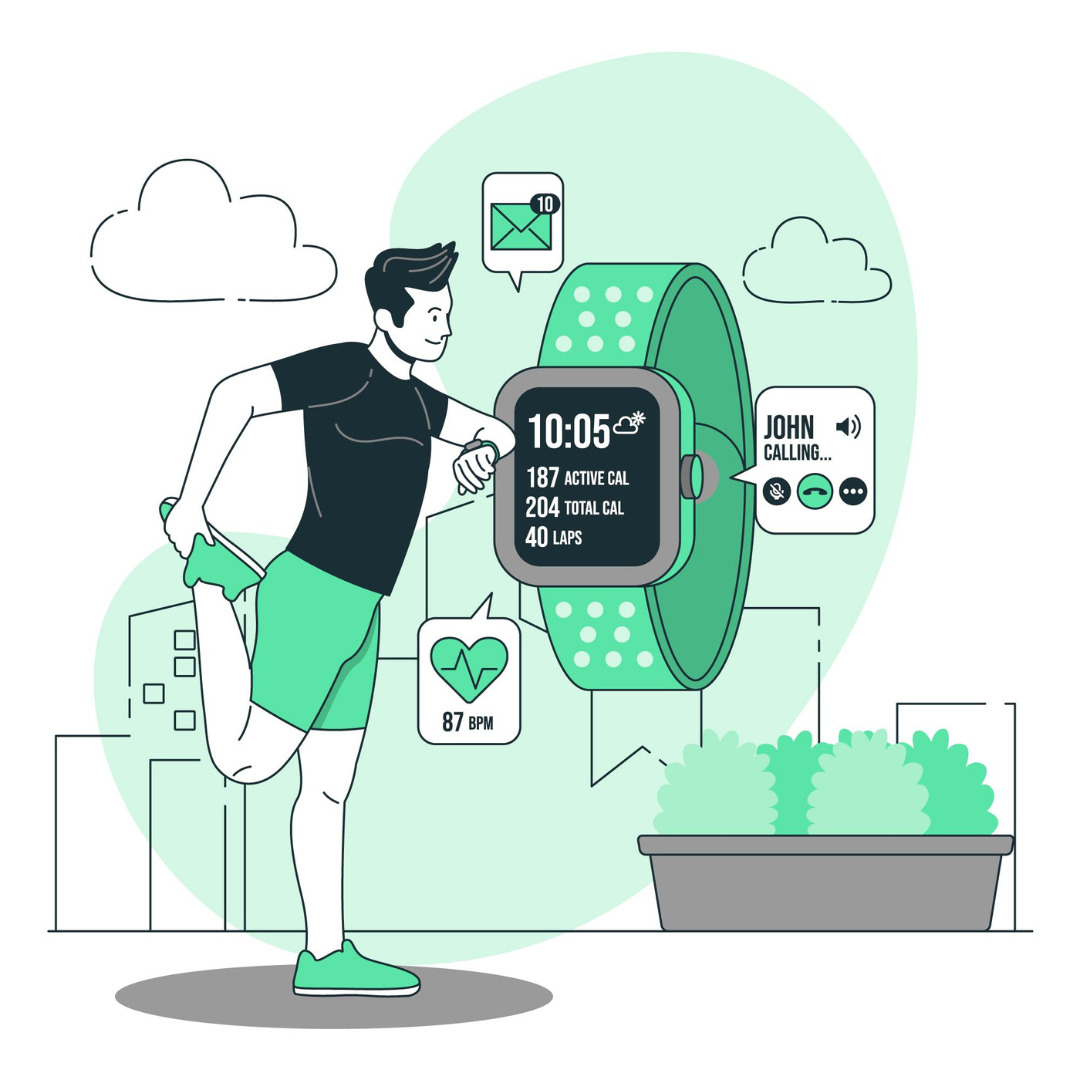The Top 8 Trends in Mobile App Development for 2023

1. eCommerce and M-Commerce
Mobile commerce (m-commerce) is a type of electronic commerce conducted via mobile devices such as smartphones and tablets. M-commerce is growing in popularity as more and more consumers are using their mobile devices to make purchases.
There are a number of trends that are shaping the future of m-commerce. In this article, we will discuss the top 10 m-commerce trends that are likely to have a significant impact on the industry in the next few years.

2. IOT
The Internet of Things (IoT) is revolutionizing the way we live and work. IoT refers to a network of connected devices that can collect and share data, making everyday activities simpler and more efficient.
IoT technology can be used in a variety of applications, such as home automation, smart cities, traffic management, and predictive maintenance. It can improve the effectiveness of mobile apps by combining data from multiple sources. For example, in a retail application, data from store sensors and/or cameras can be integrated with customer data to create a more engaging shopping experience.
The growth of the IoT market is expected to continue to grow in 2023. According to IDC's Worldwide Spending Guide for Internet of Things 2020-2024, global spending on the IoT is forecasted to reach $1.2 trillion by the year 2023. This growth is driven by the increasing adoption of technologies like Artificial Intelligence (AI), 5G networks and blockchain. With increased investment in the IoT, developers should expect to leverage the power of the IoT to create richer and more powerful mobile applications.

3. Artificial Intelligence
Artificial Intelligence (AI) is becoming more commonplace in mobile apps as developers work to create personalized experiences tailored to the user’s needs. AI enables mobile apps to better understand user behavior and intent, as well as allowing automated processes that can simplify or streamline tasks.
AI capabilities, such as computer vision, natural language processing and machine learning, are already being implemented in mobile applications. For example, AI-powered chatbots can provide customer service and allow users to interact with their applications more easily, while machine learning models can be used to build more personalized experiences from user data.
As AI technology continues to mature and become more accessible, it is expected that it will be increasingly used to create more engaging and personalized mobile app experiences. AI could be used to improve search and recommendation features, as well as to identify potential improvements for an application’s user experience. With AI capabilities such as computer vision and natural language processing, it will become easier to build applications that can understand user intent and provide actionable insights or recommendations.

4. Virtual Reality:
Virtual Reality (VR) is an exciting technology that is becoming more popular in mobile app development. With VR, developers can create a simulated environment that allows users to visit, explore and interact with digital content.
The use of VR technology in mobile applications is growing, as more companies realize its potential to engage users and help them visualize content in a unique, immersive way. This technology can be used to create a more engaging and interactive experience for users and allow them to become more immersed in digital content. VR applications can be used to create more lifelike simulations for gaming, education, and training purposes.
As VR technology improves and becomes more accessible, it will likely become an ever more popular tool for creating immersive virtual experiences in mobile apps. By 2023, it is likely that we will see more applications using VR technology to help users better engage with the digital world.

5. Augmented Reality:
Augmented Reality (AR) is becoming an increasingly important technology in today's world of mobile app development. AR has the power to superimpose digital content on a person's real-world view, in real time. This technology can be used to create more interactive and engaging experiences for users. As part of a mobile application, it can be used to provide users with more detailed information about objects around them, allowing for a deeper and more rewarding experience.
By 2023, we can probably expect to see more applications utilizing AR technology. Developers are already starting to explore ways to integrate AR into their existing applications, in order to offer users a more immersive experience. AR technology can be used to display helpful information related to nearby places, or display real-time weather data when outdoors. In some applications, AR can be used as a gaming element, where users can interact with virtual elements in their real-world surroundings.
We can also expect to see more companies using AR technology to advertise their products to users. AR is a great tool to help brands create unique and eye-catching experiences that capture users' attention and keep them engaged with the application.

6. Wearable Technology:
The sixth trend in mobile app development in 2023 will be the growing presence of wearable technology. Wearable technology refers to products that are designed to be worn or carried on one’s person. Common examples of wearable technology are fitness trackers, smart watches, and virtual reality headsets.
Wearable technology devices can also be used to connect to applications on a mobile device, allowing users to access more in-depth and personalized experiences. For example, a fitness tracker can be linked to an app which provides personalized fitness tips, tailored meal plans, and real-time updates on progress and measurements.
By 2023, the use of wearable devices in mobile app development is set to increase, as more users and businesses adopt this technology. Wearable devices can provide an invaluable source of interactive data and insights that can help to improve user experience and boost engagement. Furthermore, data from wearable devices can help developers and marketers to accurately measure user interactions and behavior. This data can be used to create even more effective and specific experiences for users, leading to a better end result.

7. 5G connectivity:
The seventh trend in mobile app development for 2023 will be the increased focus on connectivity. Connectivity refers to the communication between two systems or devices. In this context, it would refer to how a mobile application is able to interact with and update data based on user needs and situation.
The trend is being driven by the development of 5G technology, which is poised to revolutionize the way mobile apps communicate and share data. Currently, developers are limited in the speed and amount of data that can be shared between devices via Android or iOS applications. However, it is expected that 5G will significantly increase the speed and performance of mobile applications, allowing developers to create apps that can access data from a wider range of sources and offer users a more personalized experience.
Furthermore, 5G technology also has a potential to improve communication between mobile applications and the Internet of Things (IoT). This could open up a range of new opportunities for developers to create innovative, interactive applications which could be used for a wide range of purposes.

8. Cloud-Based Technology:
Cloud-based technology is the eighth trend in mobile app development for 2023. Cloud-based solutions enable developers to quickly and easily scale applications, as well as providing users with a much more reliable and secure experience.
With cloud-based mobile apps, developers can store data in the cloud, allowing for faster caching and retrieval of data for their applications. This helps speed up the development cycle, allowing for quicker iterations.
In addition, cloud-based technology offers developers and users greater security. Since cloud resources are distributed across multiple servers, data is much harder to access and hack. This makes it much easier to secure user data.
Finally, cloud-based technology also enables developers to build mobile applications that can run on a wider range of devices, regardless of their hardware capabilities. This means that developers can reach a much wider audience with their mobile applications.




